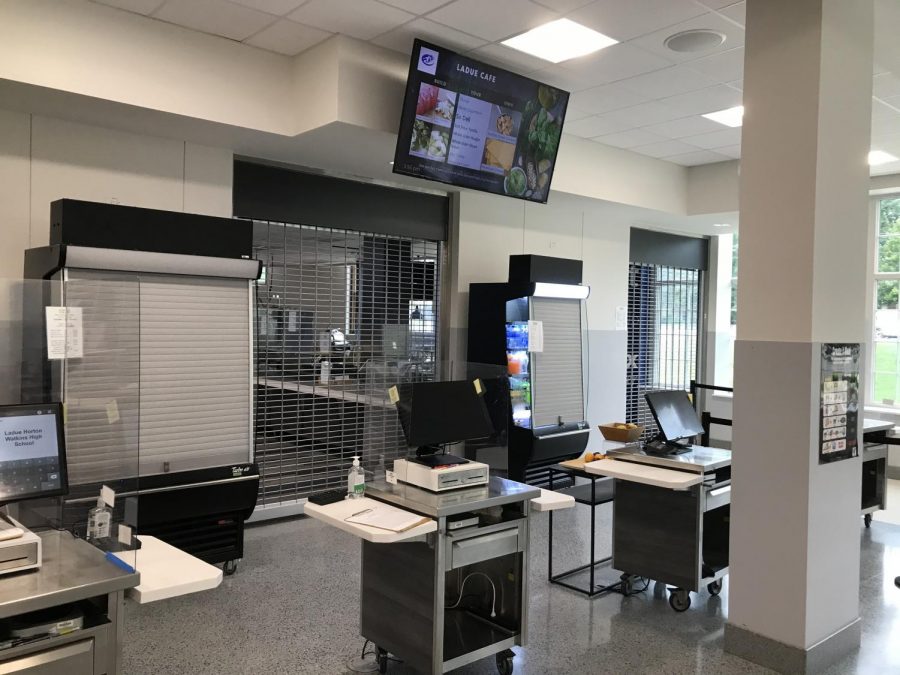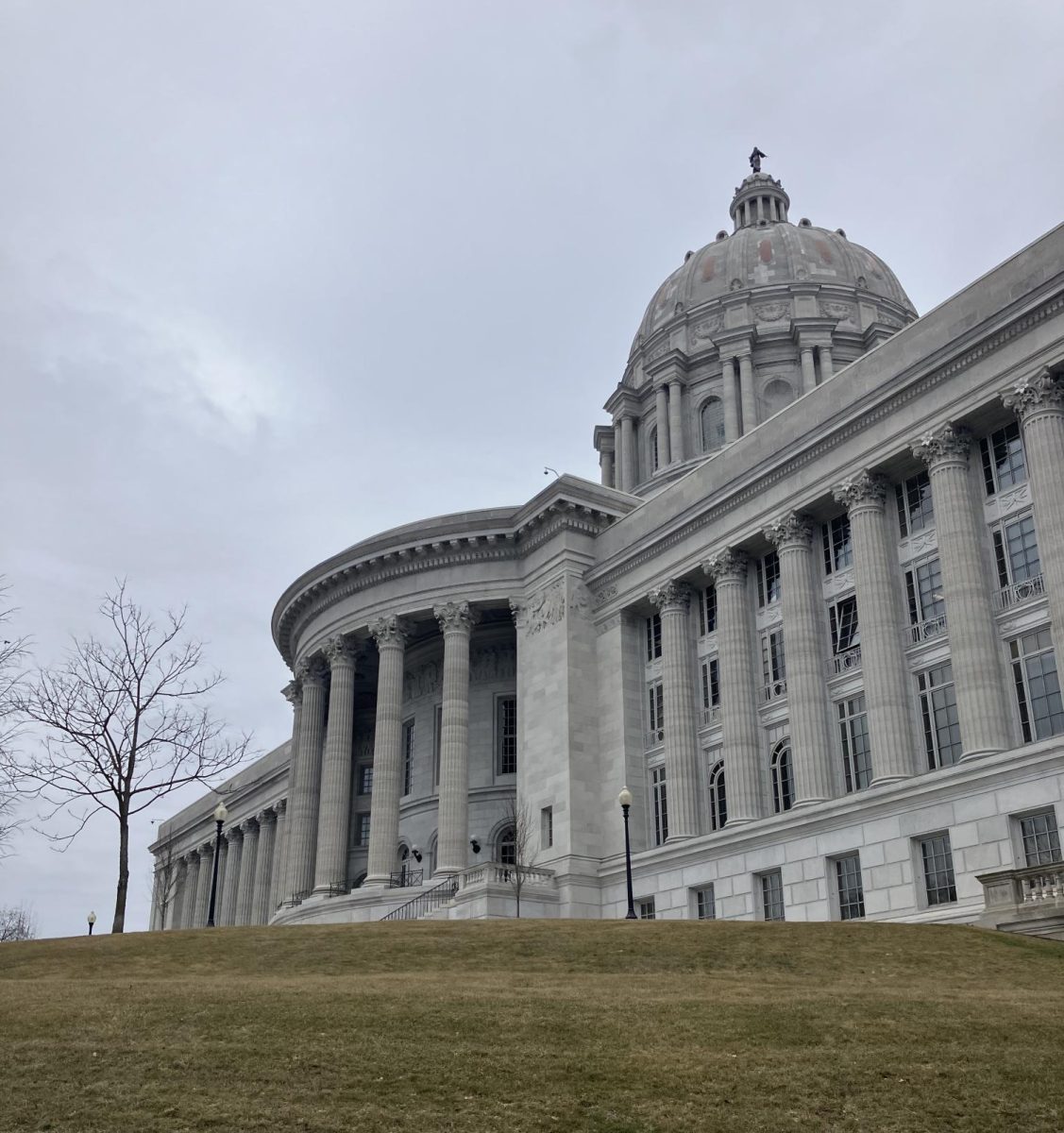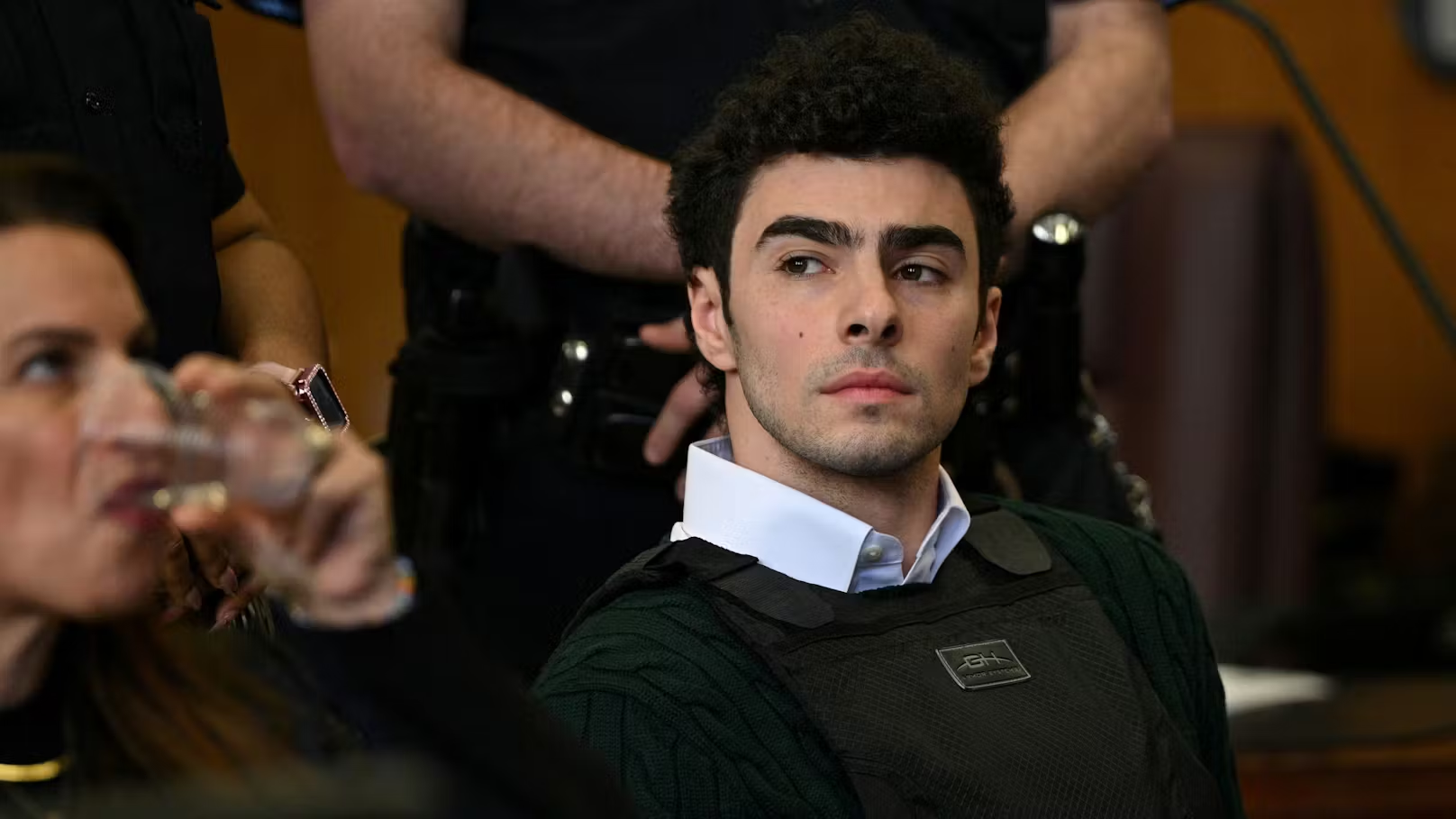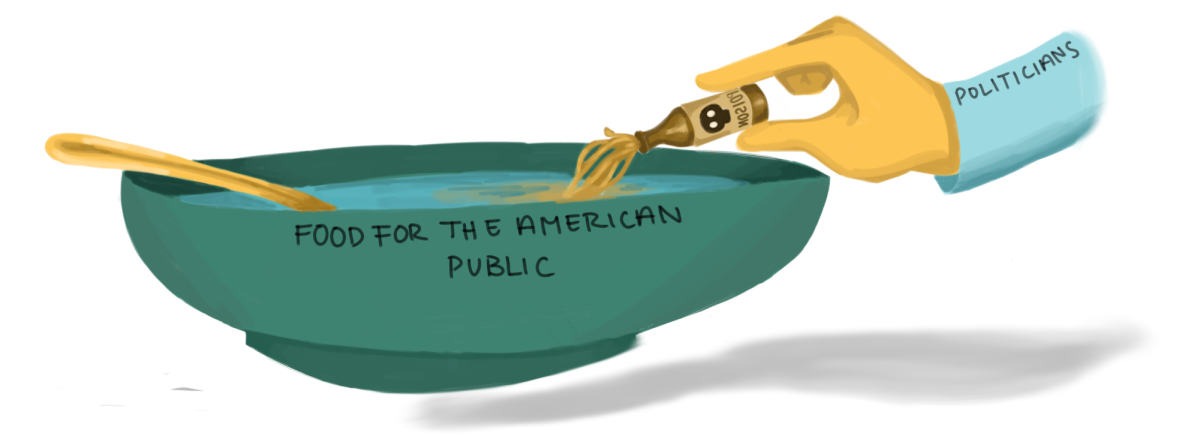In almost every childhood story, the high school experience is always represented by one simple meal: lunch. From stolen lunch money to bland and unappetizing dishes, lunch has remained unchanged and uninspiring for generations of students. Well, maybe except for 2021. In response to the COVID-19 pandemic, the U.S. Department of Agriculture has covered the costs of school lunches for all students this school year. In essence, free school lunches for all. But as always, there’s a catch.
In order to qualify for free meals, students must meet certain nutritional requirements. In Ladue, meals are only free for those who take both an entree and a fruit or vegetable. But, forcing students to take an unwanted apple doesn’t mean they’ll actually eat it – in fact, in many cases, they won’t.
By placing conditions on free meals, students are incentivized to take food they never intend on eating. Instead, food is taken just to qualify and then thrown out immediately after. Perfectly good fruits and vegetables find garbage cans across the cafeteria. And while waste may otherwise be shameful, without a price, there is no real monetary incentive to eat it.
But, wasting food may not just be intentional. With shortened lunch periods, students simply don’t have the time to finish their meals. And with an extra fruit or vegetable to consume, there’s often no choice but to throw good food away.
So what can be done? To start, make school lunch free unconditionally. Fruits and vegetables should be encouraged but not required to qualify for free meal benefits – especially if they’re trashed more than they’re eaten.









